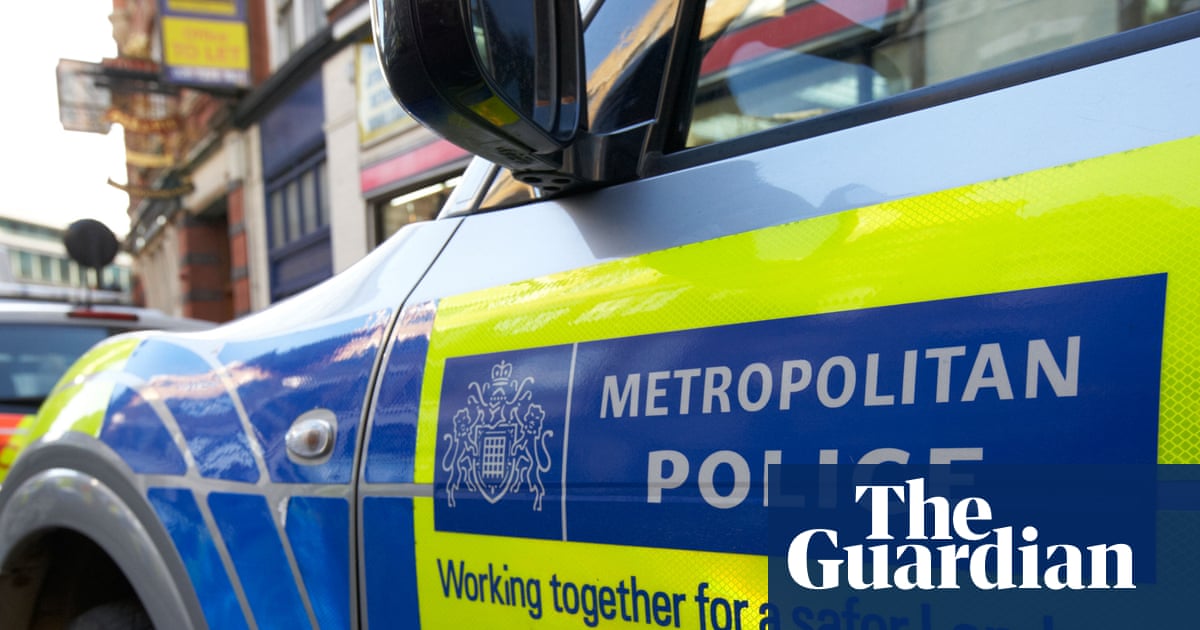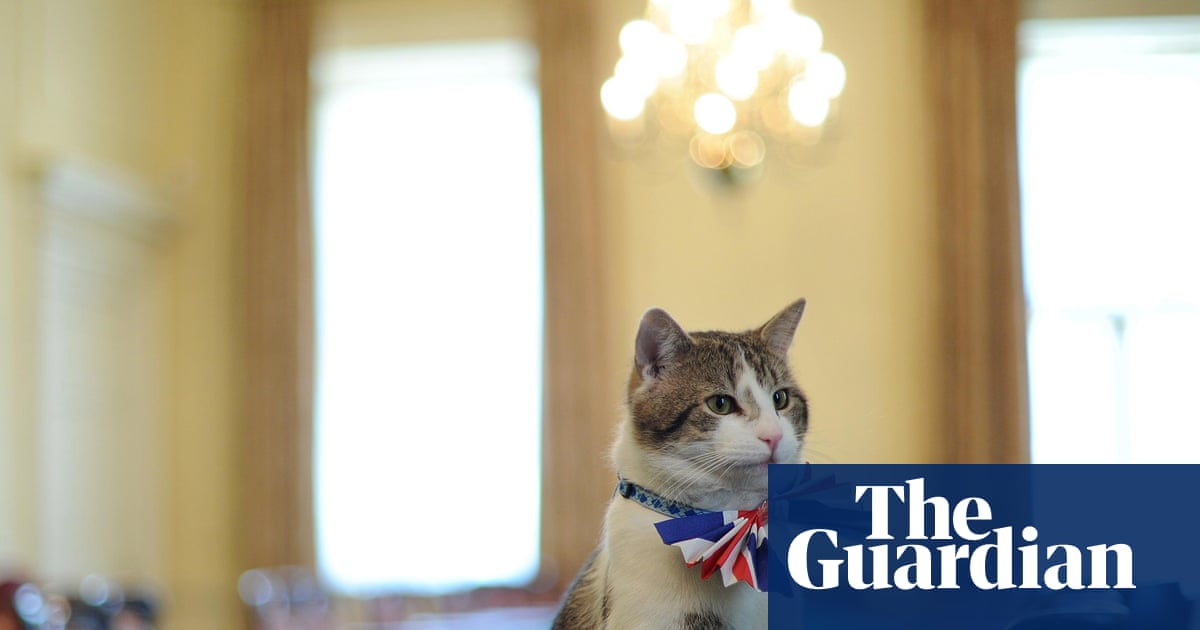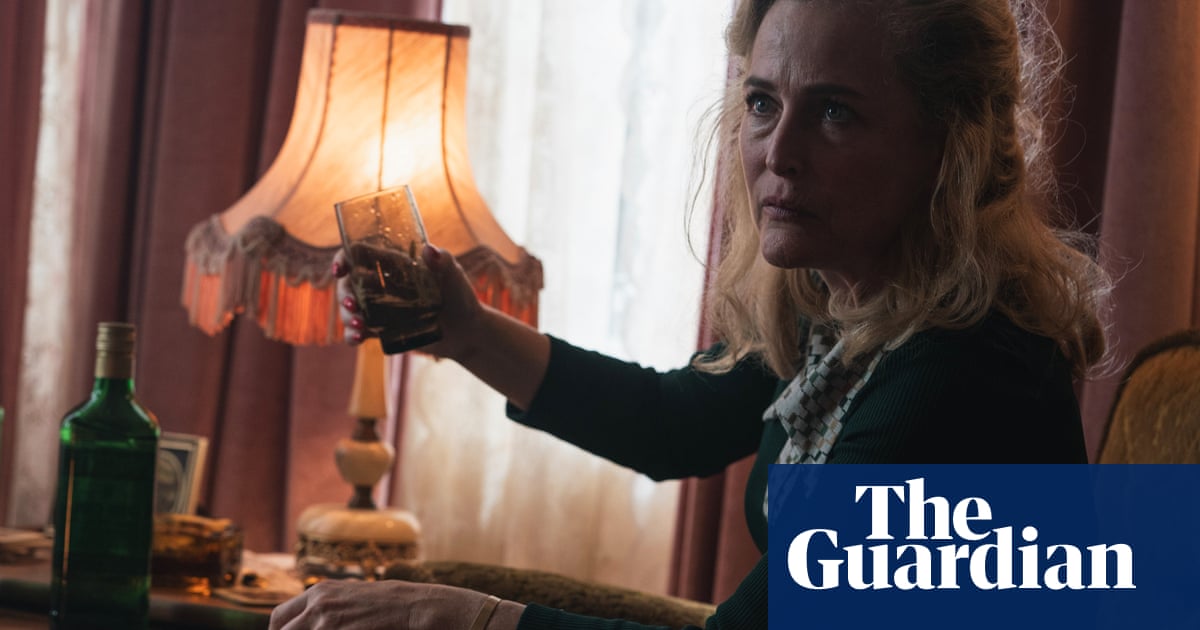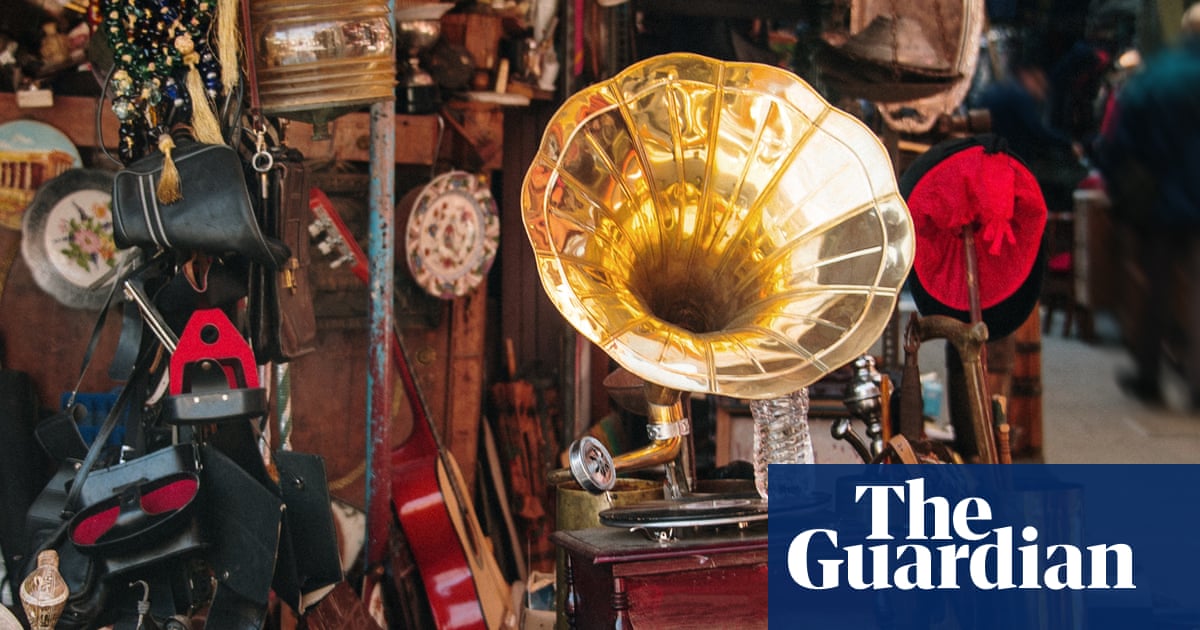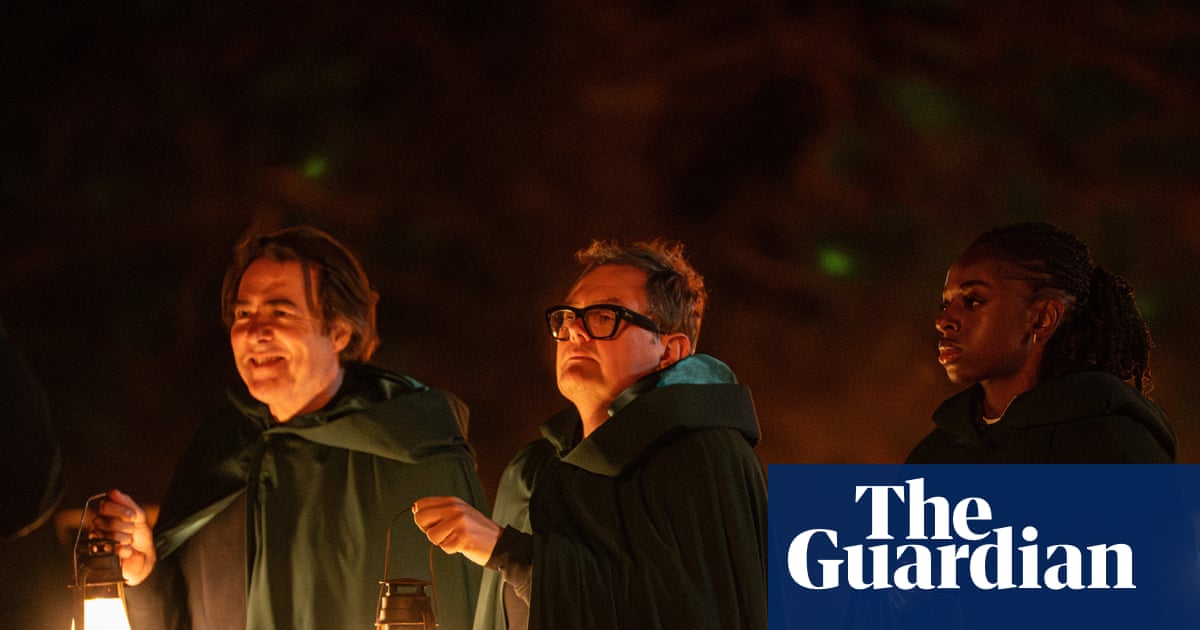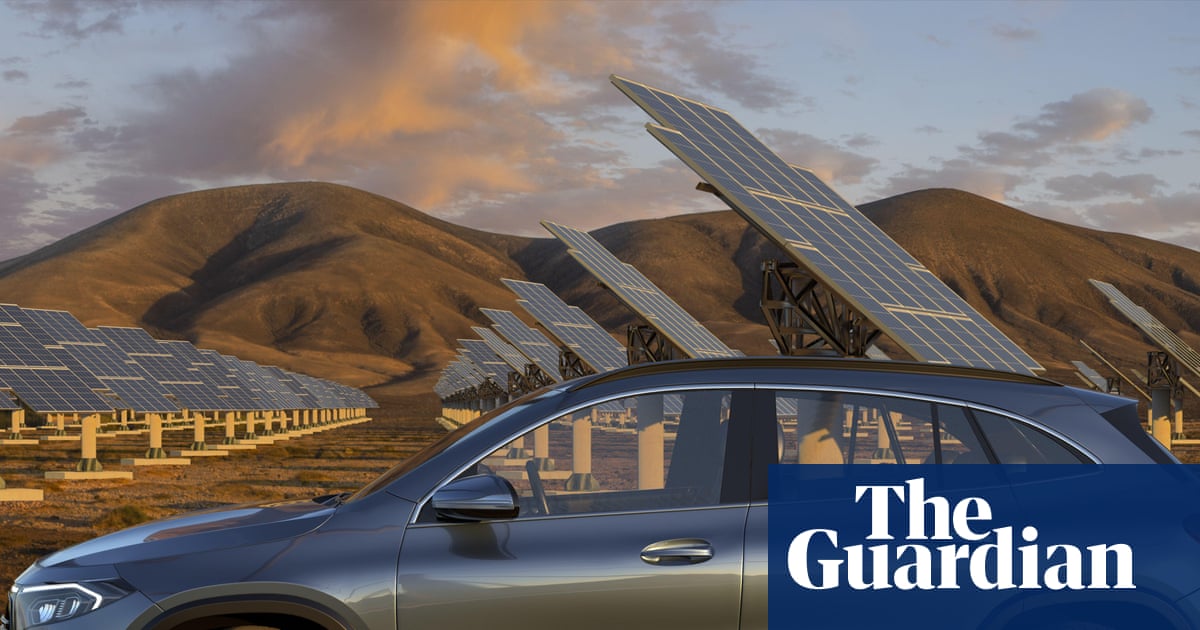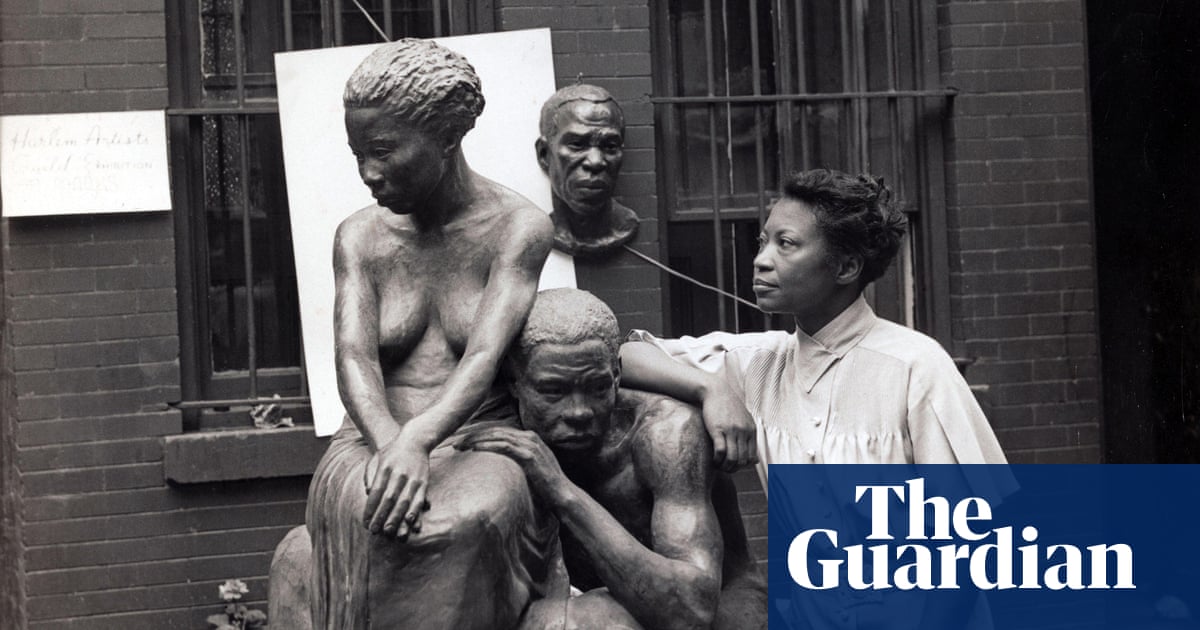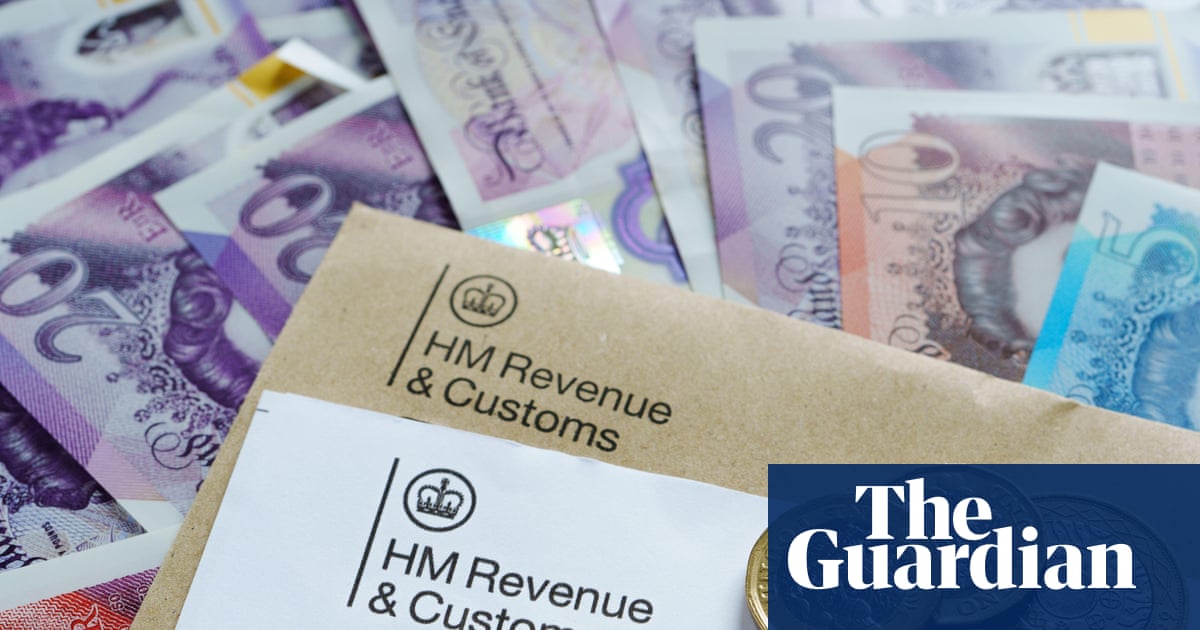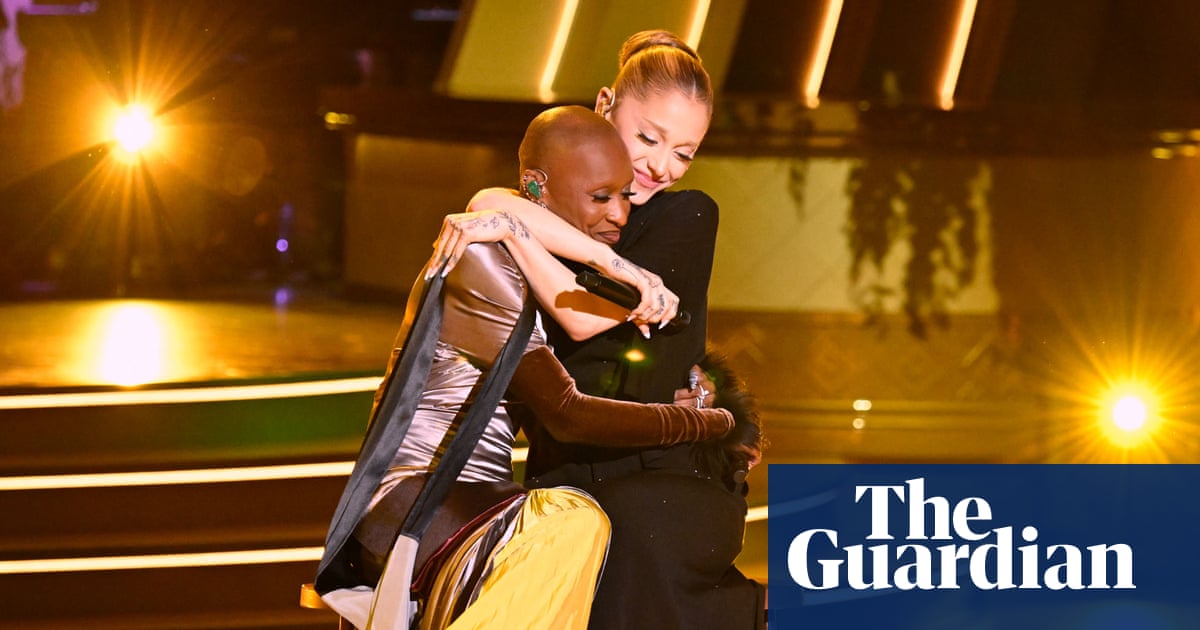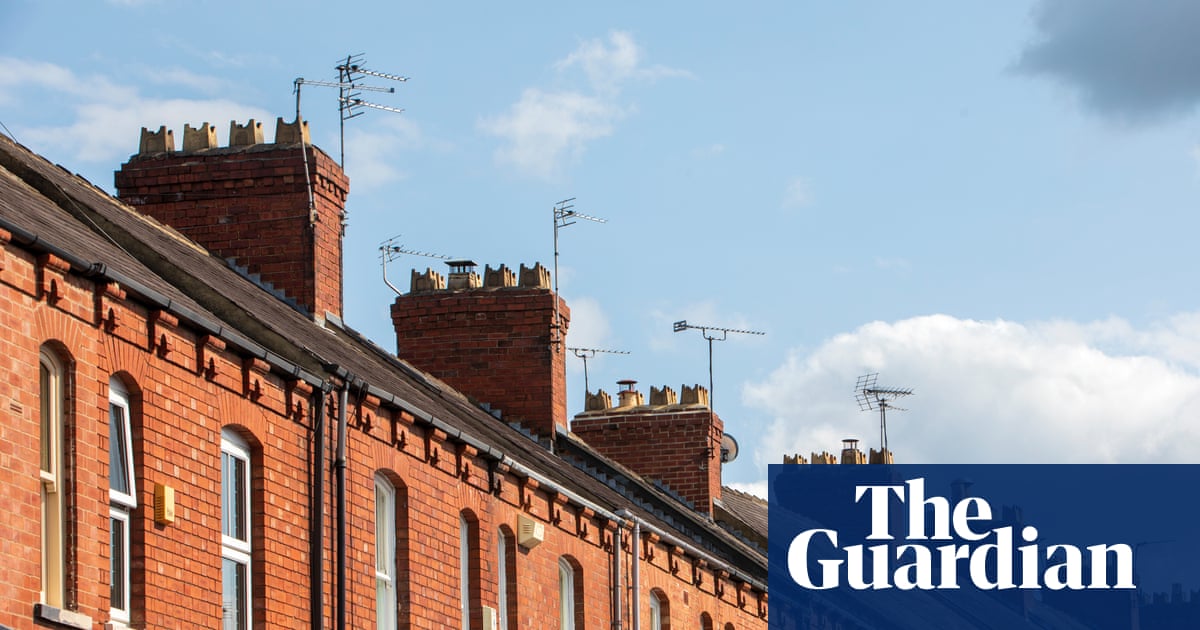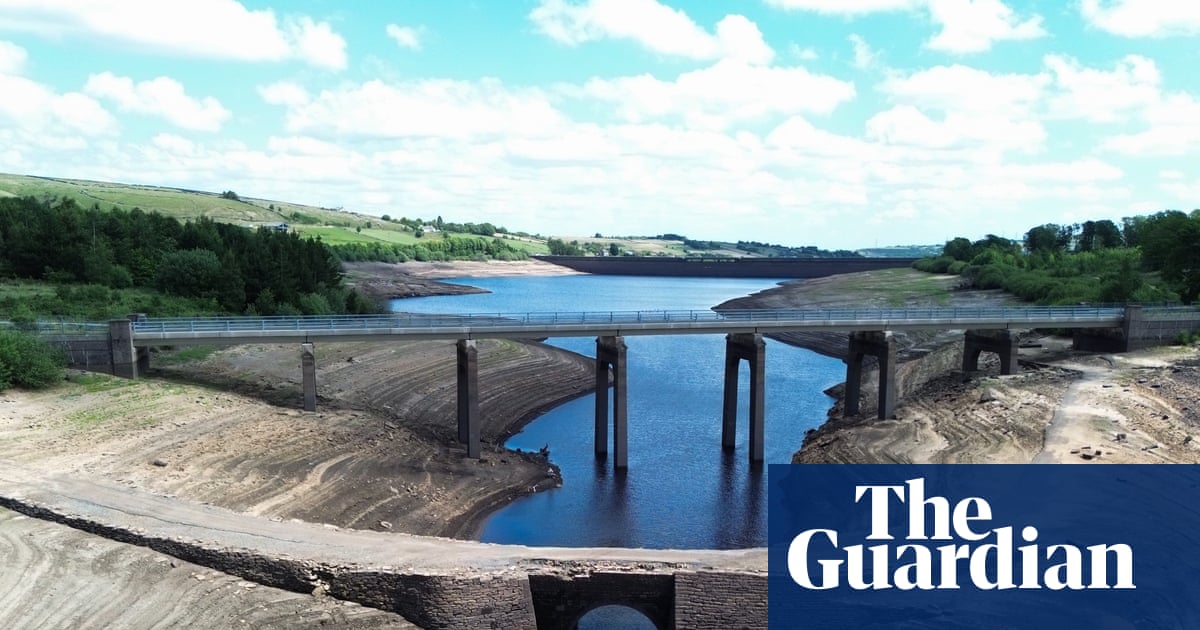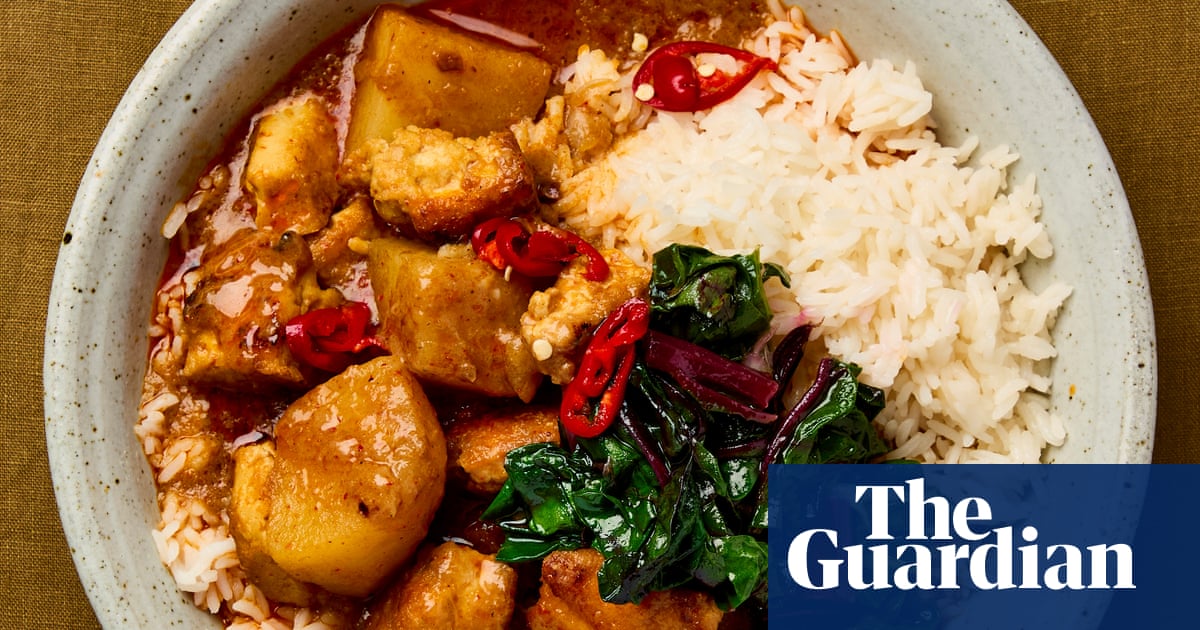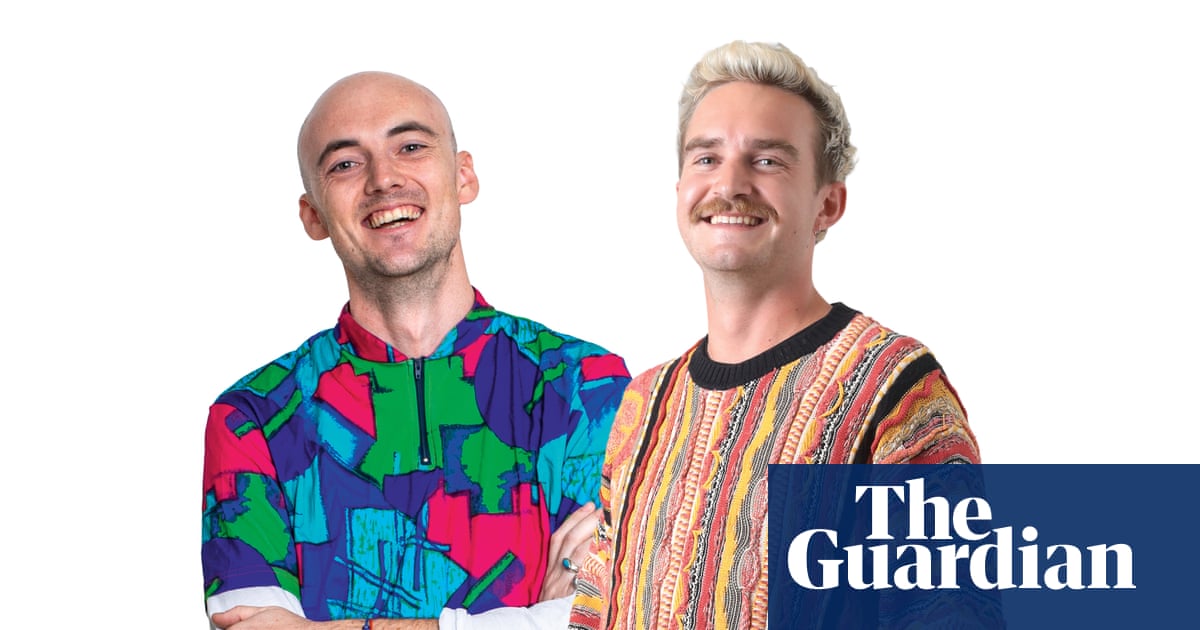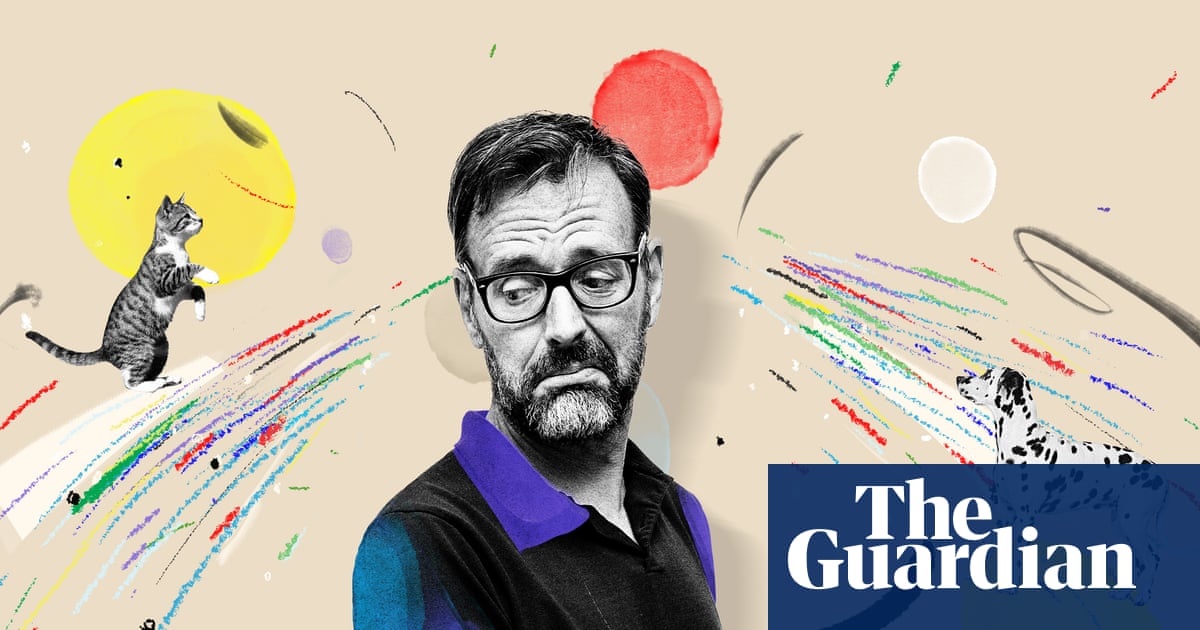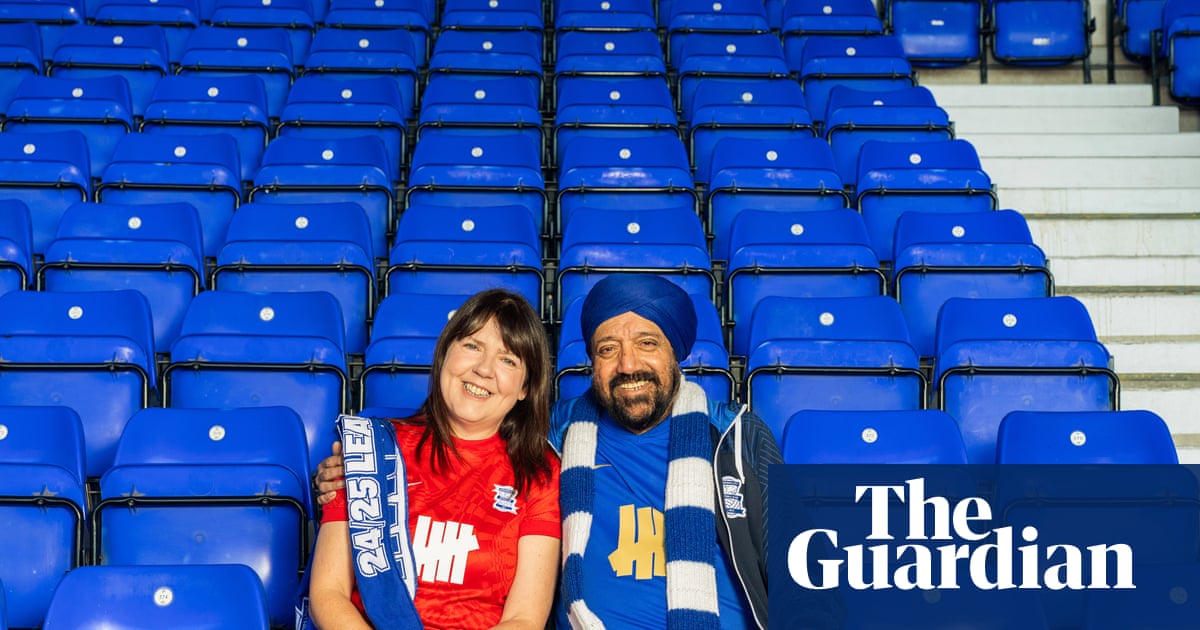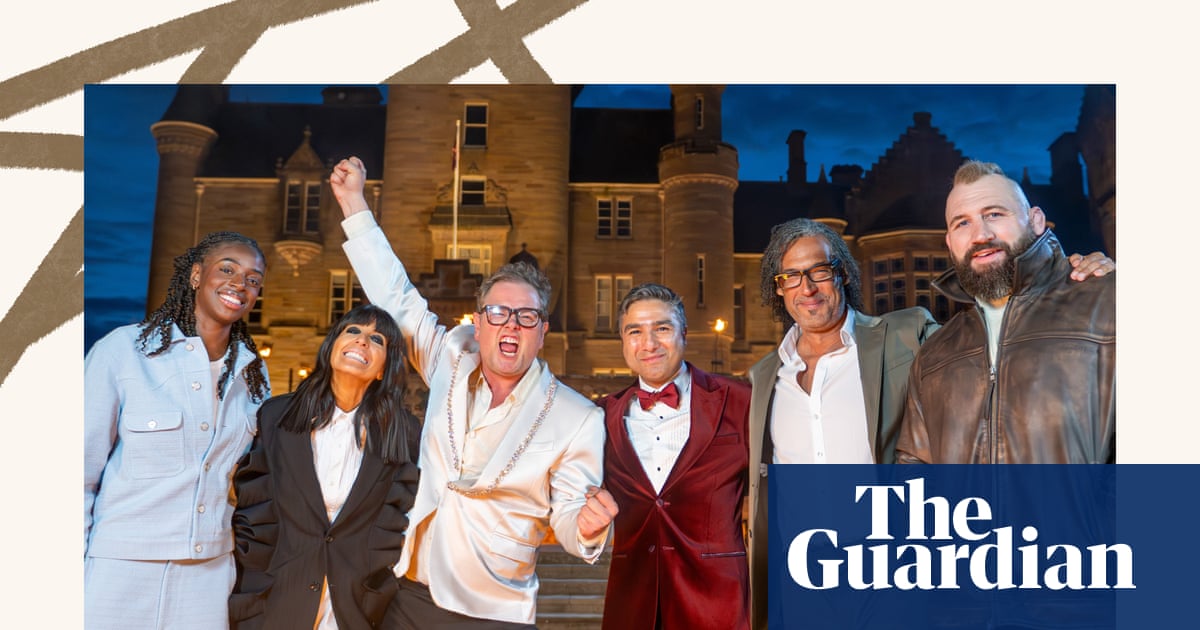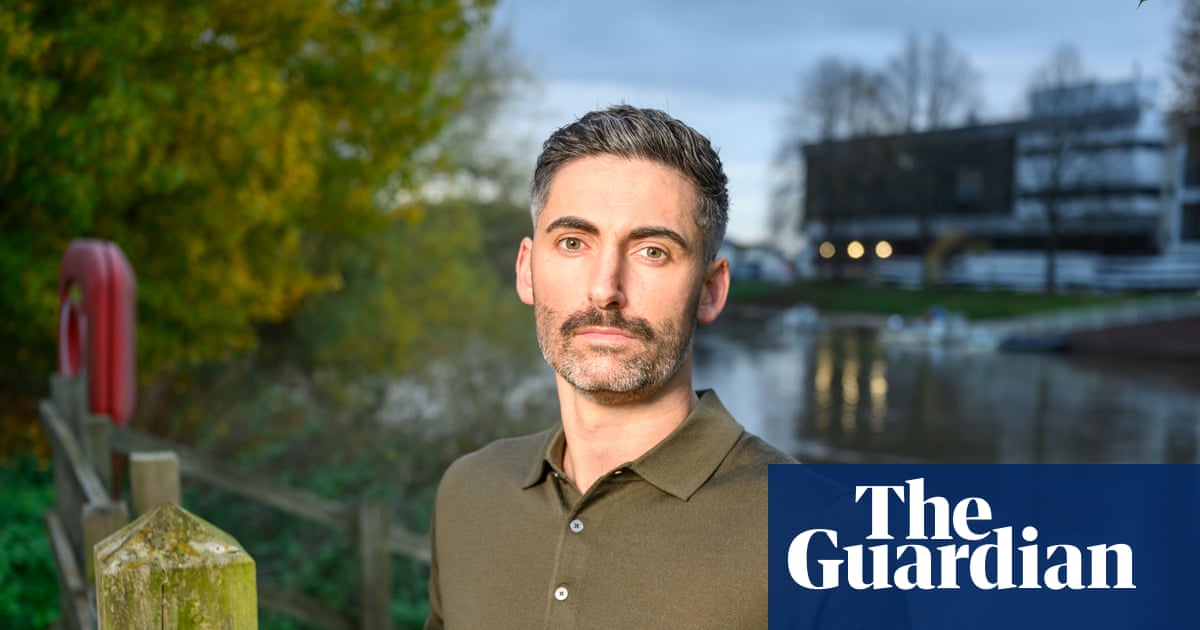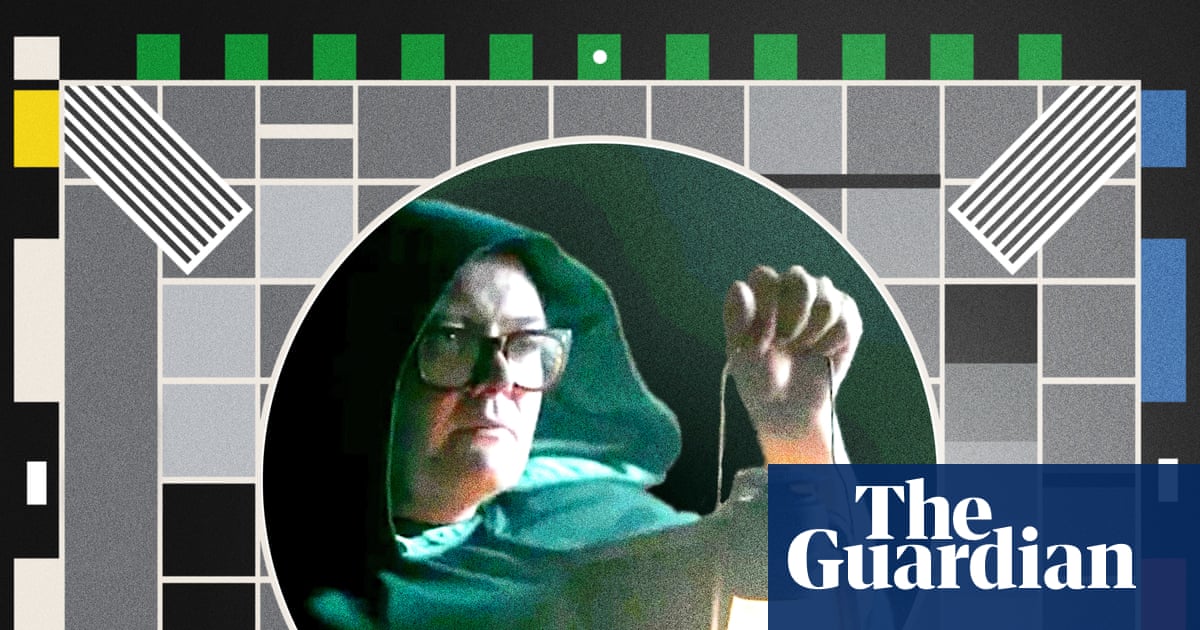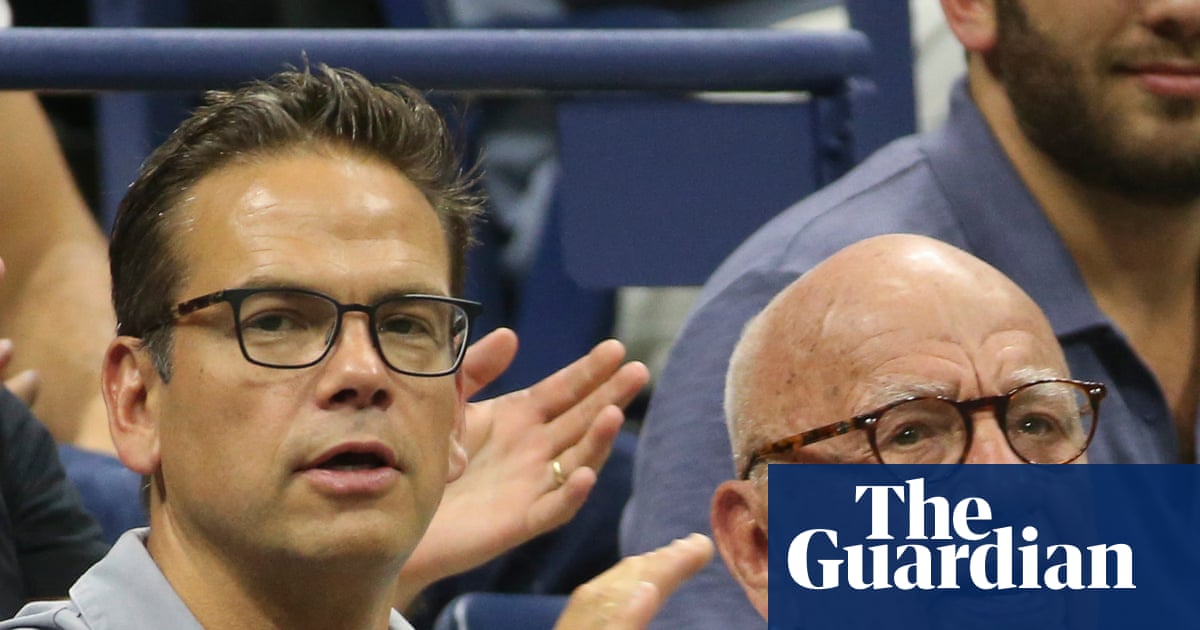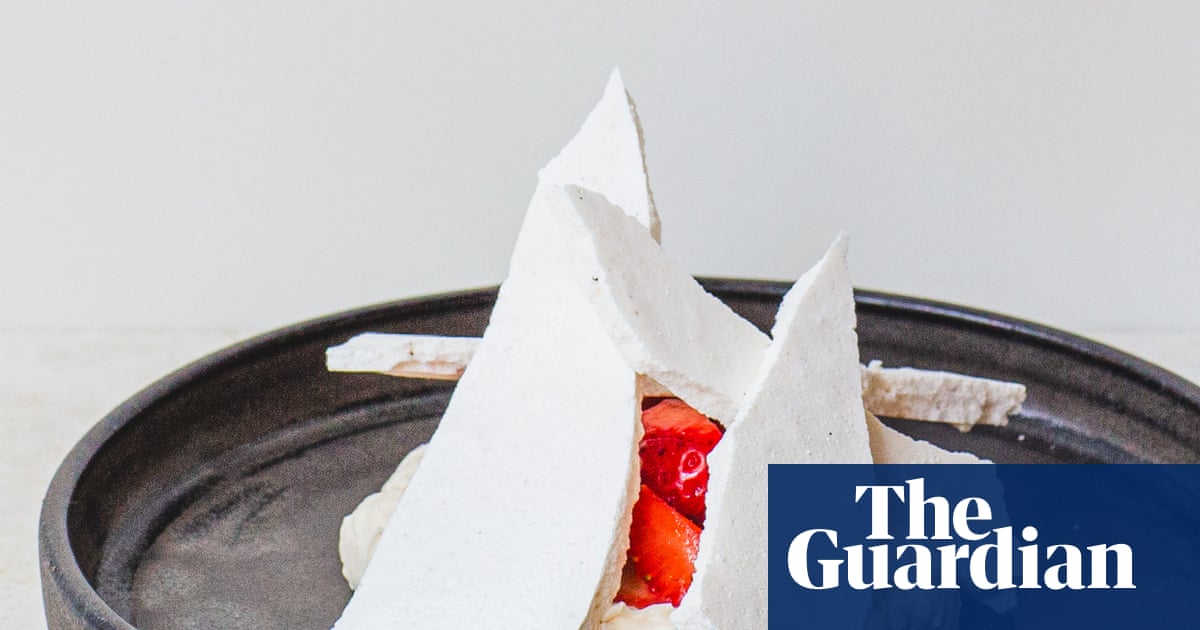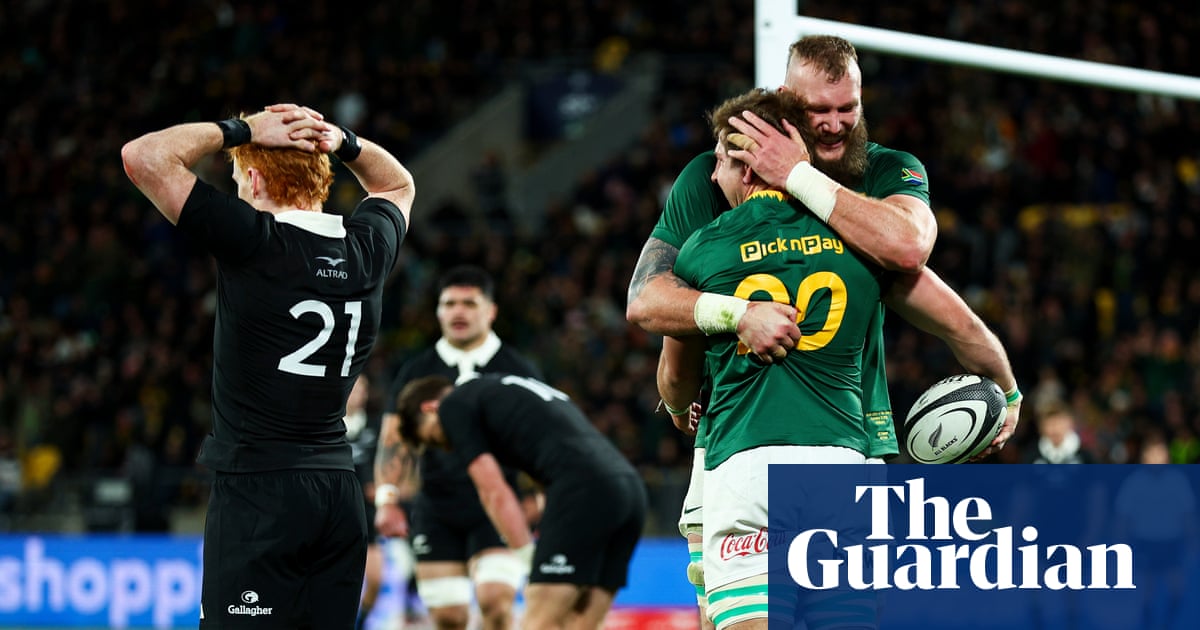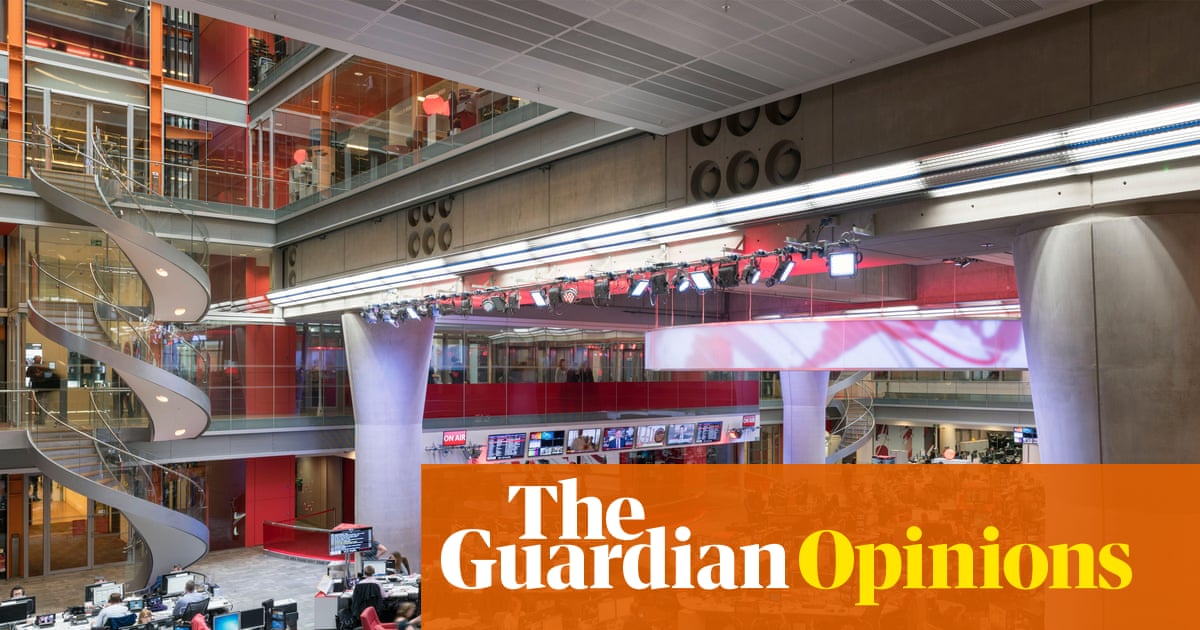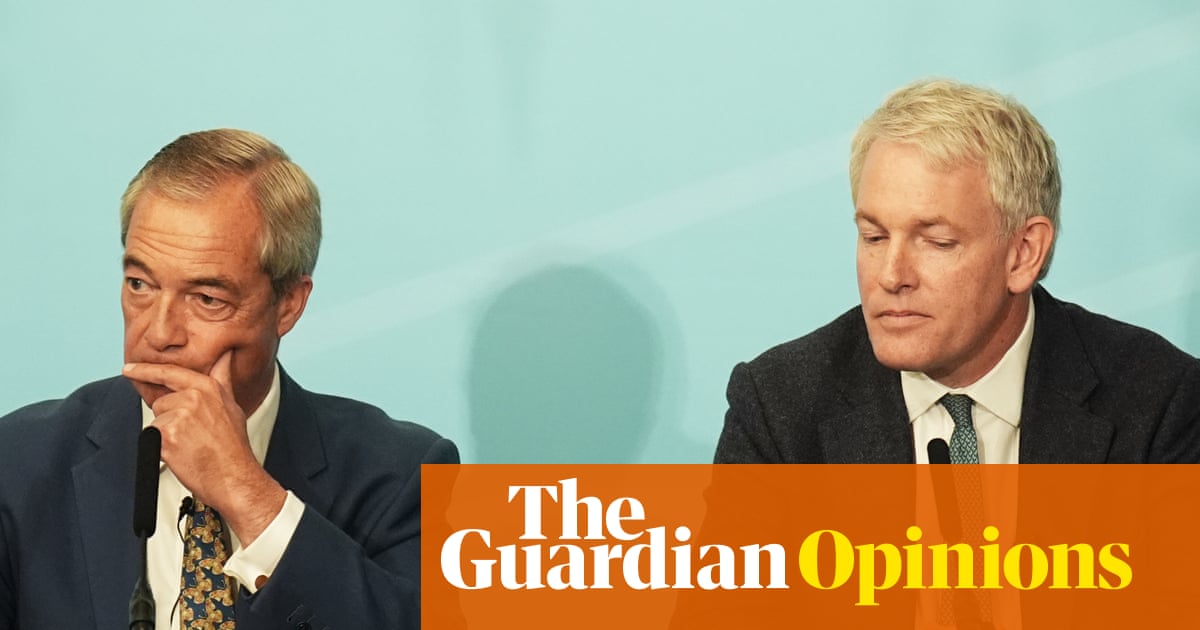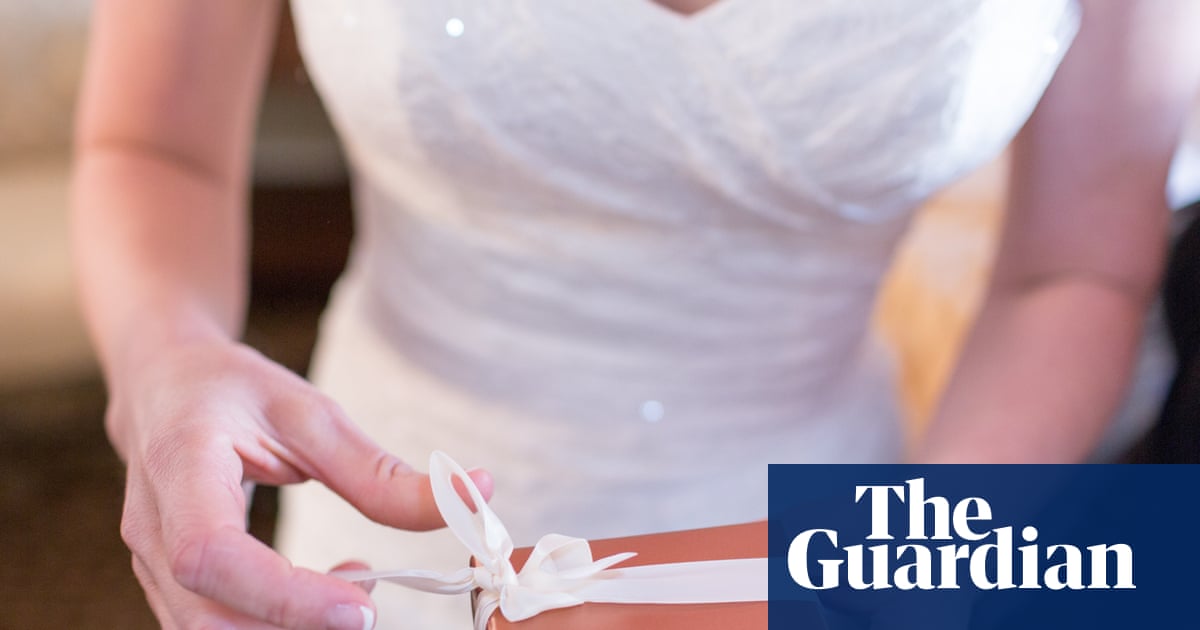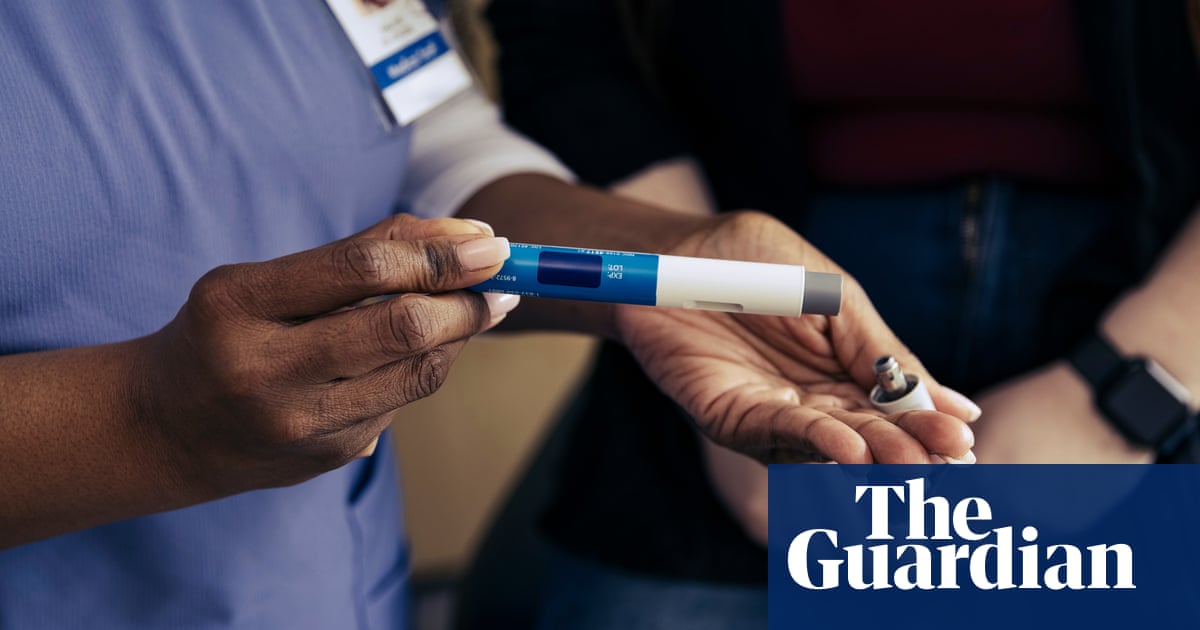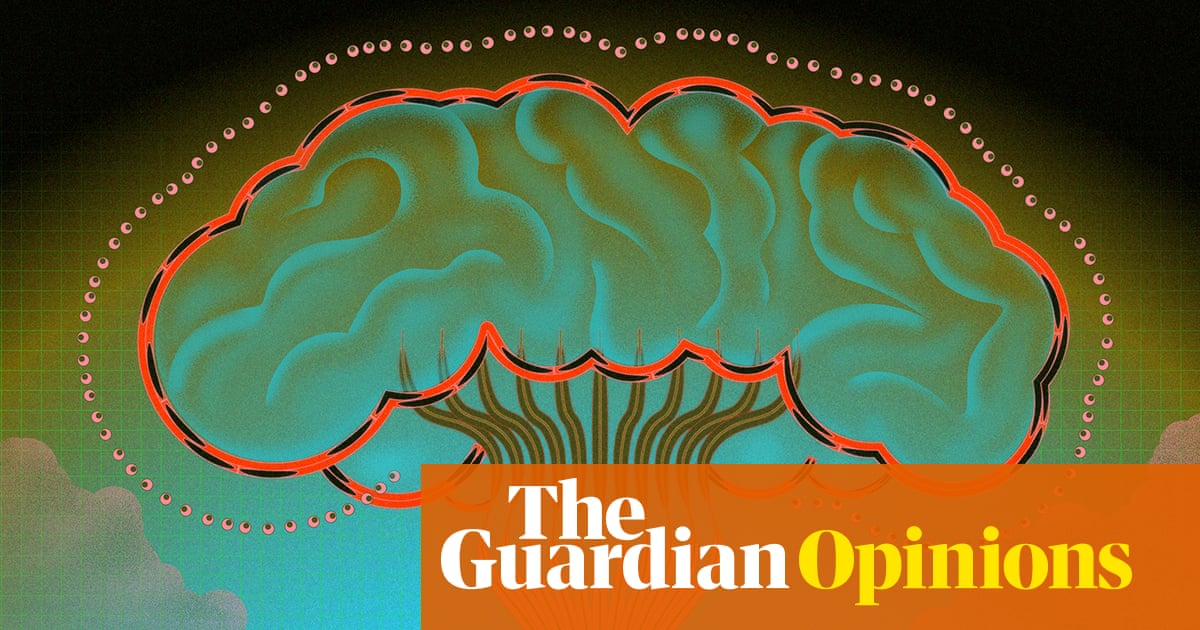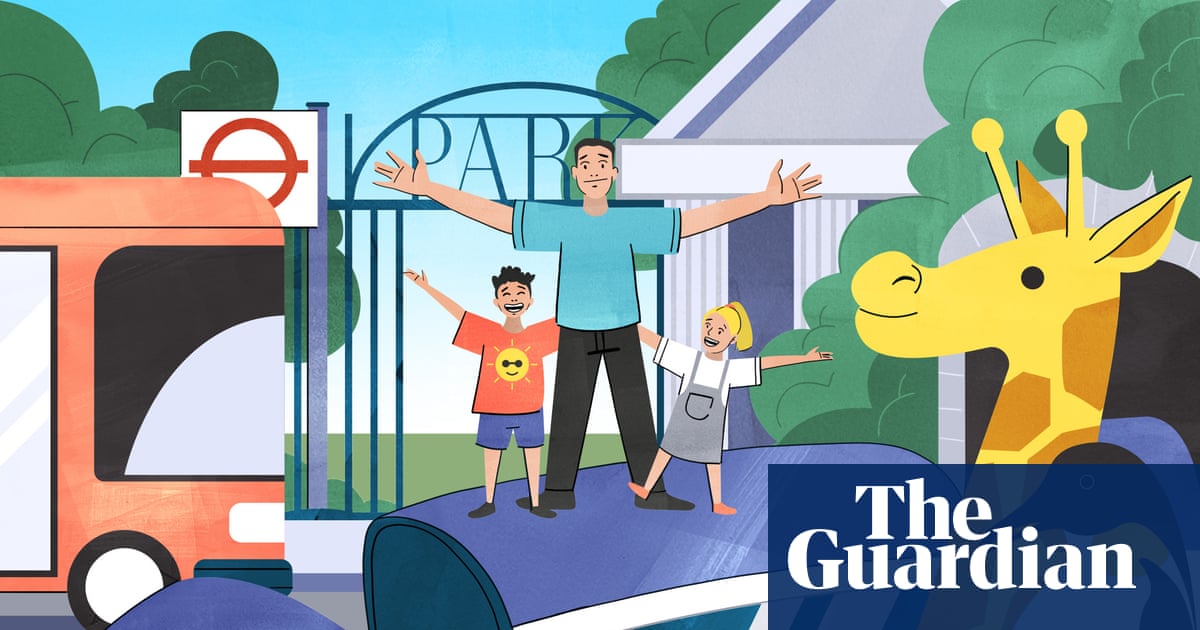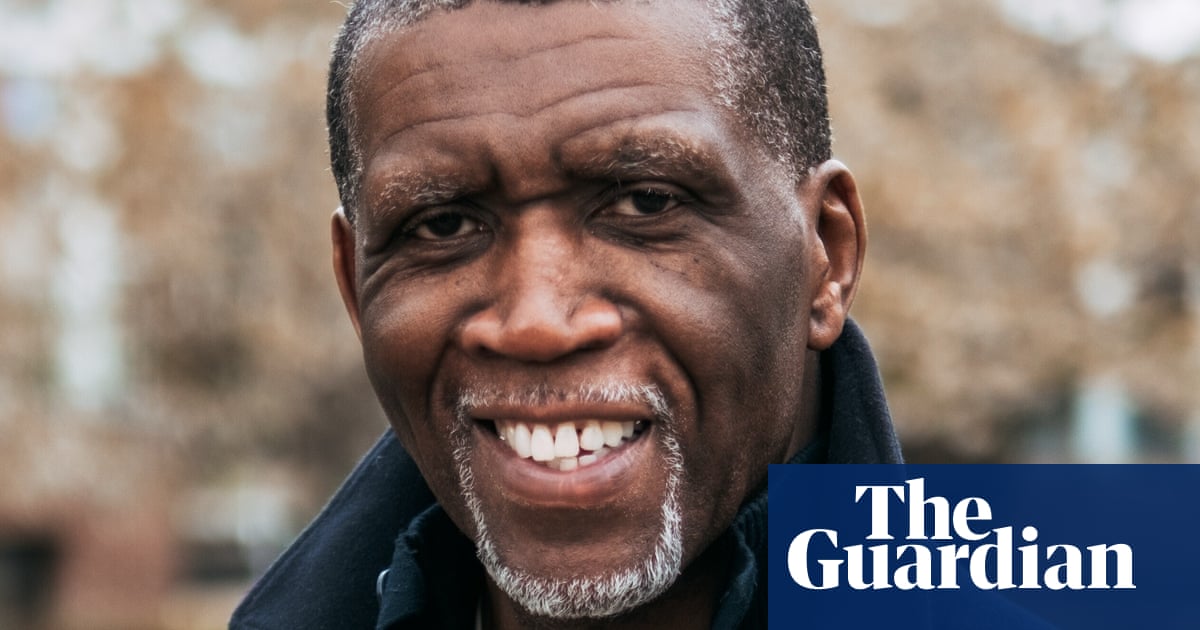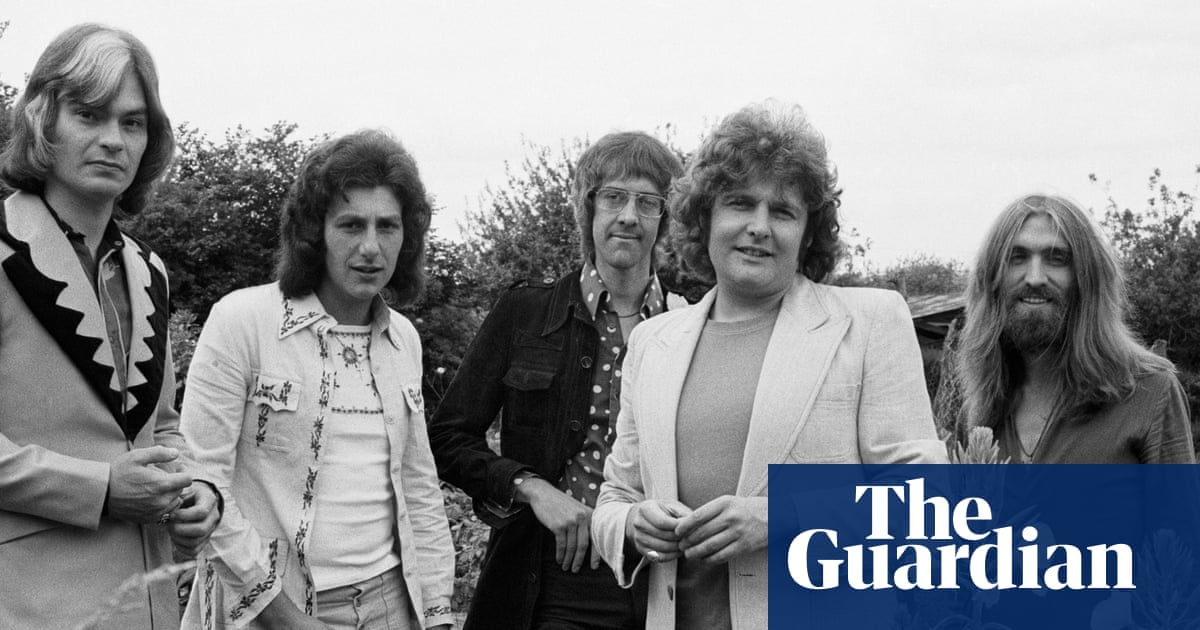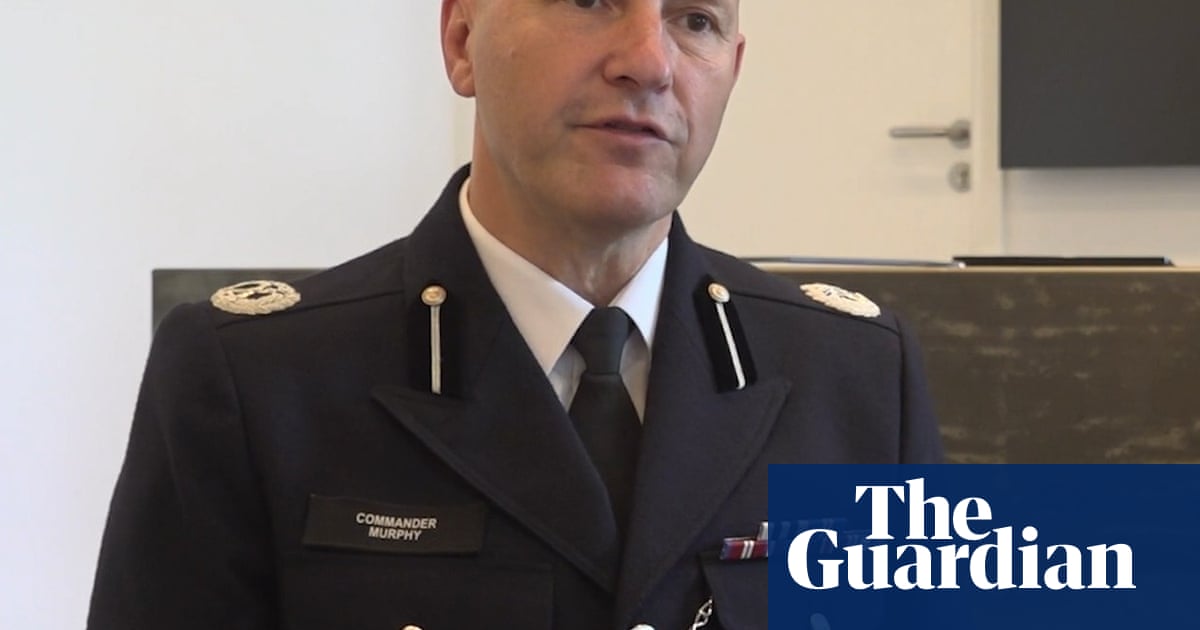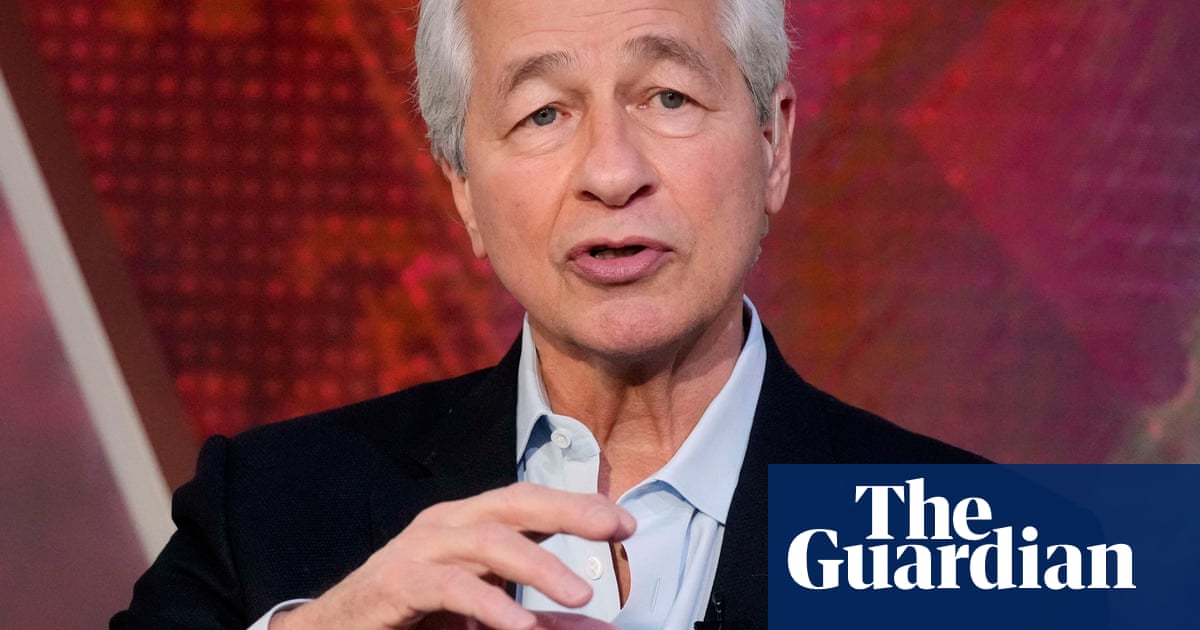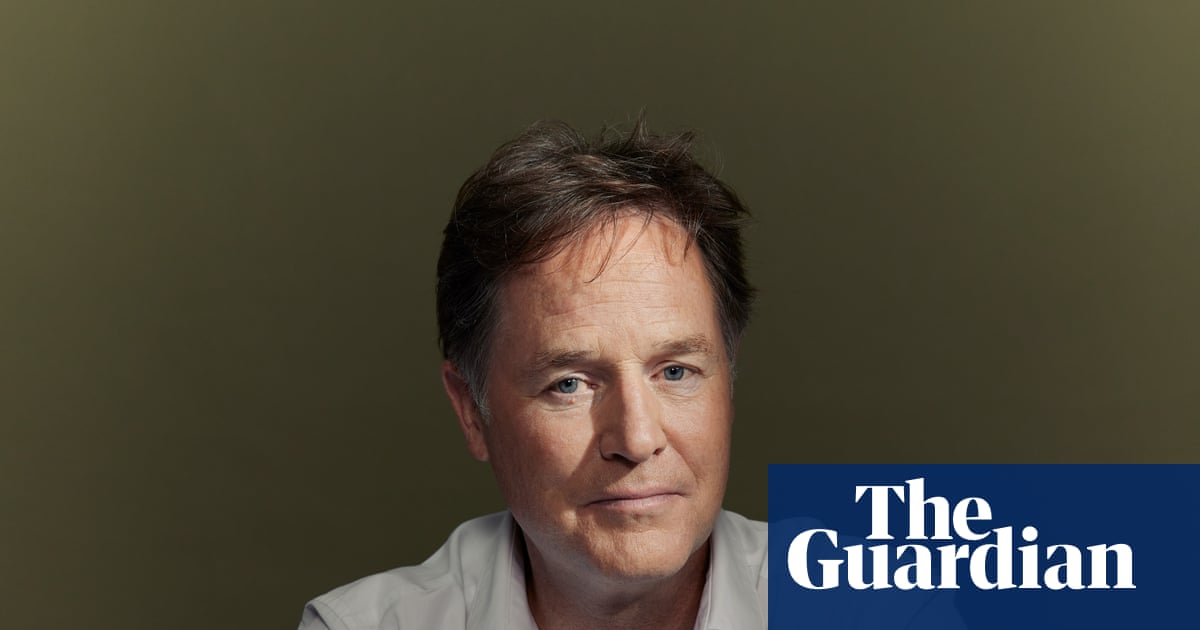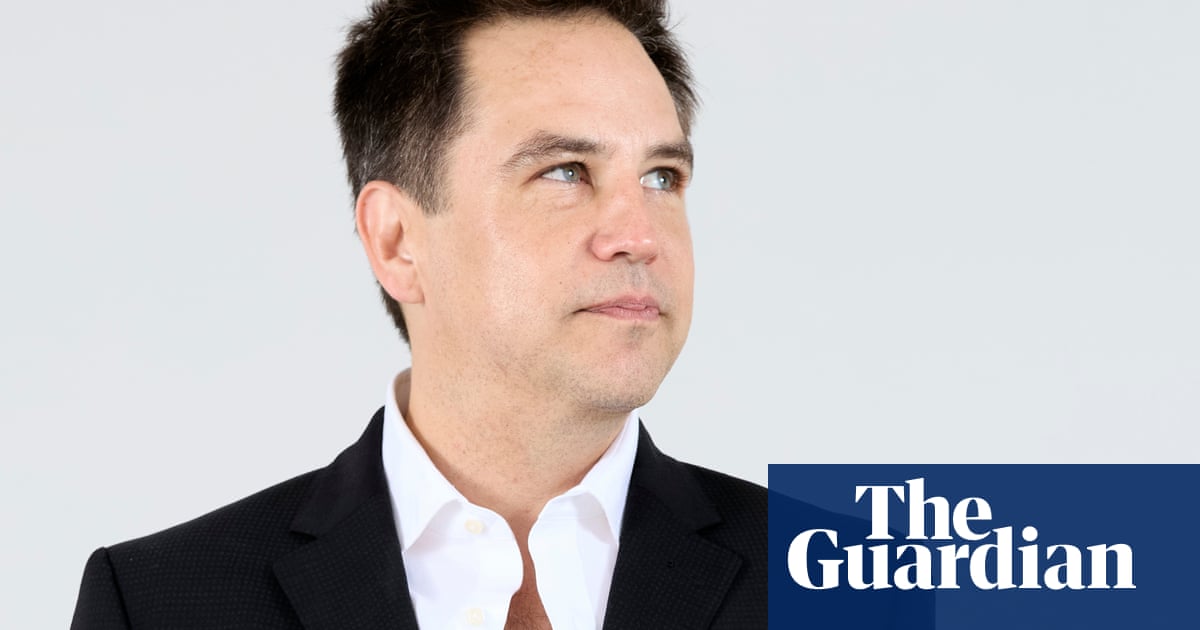Keir Starmer and Narendra Modi will sign their £4.8bn trade deal on Thursday morning, concluding three and a half years of negotiations and opening up trade between the UK and India for cars, whisky, clothing and food products.
For the UK, the agreement promises a much-needed economic boost and serves as proof that the country can be nimble on the international stage after Brexit.
For India, it acts a signal to governments and international investors that its £3tn economy is opening up after decades of protectionism. India’s average tariff rate is 13%, compared with the UK’s 1.5%.
Labour ministers clinched the deal within 10 months of entering government, defying expectations – above all their own – about how quickly it could be done.
The negotiations were led by Jonathan Reynolds, the trade secretary, and his Indian counterpart, Piyush Goyal. Half a dozen UK officials and aides said the rapport between the pair and a focus on building trust and good relationships were critical to getting it over the line.
That sometimes happened in creative ways. After Goyal told them he was a huge fan of Yes Minister, British negotiators brought him a handwritten note from Jonathan Lynn, one of the show’s co-creators.
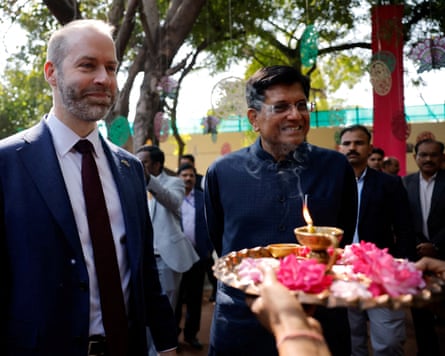
“Negotiating with India is not the same as negotiating, say, with Australia, or the USA, or Canada. It’s a relationship-based system, very much about who gets on with who and ensuring that you don’t insult anyone in any way,” said one senior UK official who has been closely involved in talks.
“People want to get to know you, they want to look you in the eye and be convinced that you are someone they can do business with,” another senior UK official said. “And to some extent, the last year has been a bit of the two governments looking each other in the eye.”
This meant a key task for British diplomats in India – including the high commissioner, Lindy Cameron, and the trade commissioner, Harjinder Kang – was to provide UK ministers and officials with something akin to relationship advice on dealing with their Indian counterparts.
There were moments of comedy. At one point after a difficult set of negotiations, UK and Indian officials let off steam by doing yoga in the corridor outside the room.
On another occasion, the British negotiators led by Kate Thornley were at the airport in Delhi about to fly home when they received a call from the Indian side saying they were prepared to make key concessions on food and drink. A negotiator who had not yet gone through airport security turned on his heels to rush back to the negotiation room.
“You have moments where it’s almost collapsing, and you have moments where you think you’ve got it over the line,” the first senior official said. “Until there’s ink on a piece of paper, it’s fluid.”
Political signalling was crucial. Reynolds first met Goyal when Labour was in opposition, while he and David Lammy were visiting Delhi in February 2024. India and the UK were due to hold elections that year, with Modi widely expected to win a third term and Labour on course to end 14 years of Tory government.
The trip was a particularly sensitive one for Labour, which was working to mend relations with India after a nadir in 2019 when Jeremy Corbyn was perceived to have sided with Pakistan over Kashmir.
Lammy and Reynolds were having dinner with Indian investors and had not expected to meet Goyal, who like other ministers was occupied with the budget debate in parliament. But during dinner they got a message from Goyal inviting them to his home nearby for a nightcap.
Over 11pm chai and kheer, Reynolds and Lammy made it clear that they would support the Conservative government if it finalised a trade deal with India – and would pick up the negotiations after the election if it didn’t.
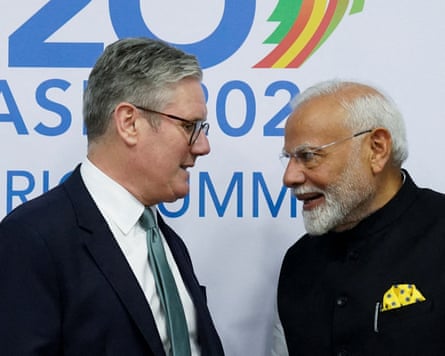
A few months later, during the thick of the UK election campaign, Lammy addressed the India Global Forum and said a trade deal with the country was “a floor, not a ceiling, of our ambitions”. He travelled to Delhi in late July, having promised Modi’s government that he would visit in his first month as foreign secretary.
“There was an element of, these guys actually mean what they say,” a senior UK official recalled. “In their manifesto, there’s only one country that gets a mention – that’s India. All these positive signals were received.”
In November, Starmer and Modi met on the margins of the G20 summit in Brazil and reiterated their ambition for a deal. But, in the months that followed, there was a lull in negotiations which created some frustration on the Indian side, fuelling suspicions that it was not as much a priority for Labour as it had been for the Tories.
In truth, Reynolds’s team considered a trade deal with India to be a medium-term goal, one that was unlikely to materialise until later in the parliament. And instead of getting back around the negotiating table straight away, ministers spent several months combing through what had been already agreed under the Conservatives. “We were going through it and bringing ministers of all departments up to speed,” said a senior UK official.
In February, a year after first meeting Goyal, Reynolds travelled to Delhi to formally restart negotiations. Progress in those talks significantly exceeded officials’ expectations – and crucially the two sides agreed not to reopen the aspects of the deal negotiated under the Tories. “Things started to fall into place at such a pace,” a government source recalled. A few weeks later Rachel Reeves, the chancellor, who has also been closely involved in the talks, hosted the Indian finance minister, Nirmala Sitharaman, in 11 Downing Street.
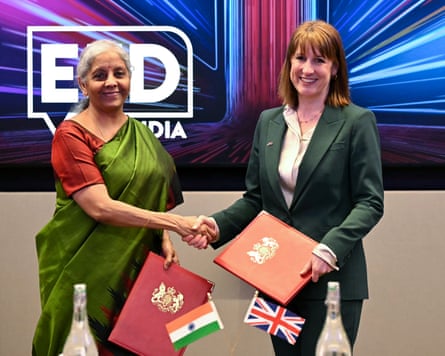
Significant headway in the negotiations had been made under Rishi Sunak, whose chief economic adviser, Douglas McNeill, would travel to India every other month for talks. Before the Indian and UK elections stopped things in their tracks, Conservative officials had hoped a deal could be struck by the autumn of 2024.
The Tories were hamstrung by two obstacles which disappeared when Labour came into power. The first was Sunak’s political weakness and sense he was on borrowed time. The second and most significant was Tory angst that the deal would trigger an influx of Indian migration. Suella Braverman, as the home secretary, nearly blew up the talks over the issue in 2022.
Kemi Badenoch claimed this year that as Sunak’s trade secretary, she stopped a deal with India because of immigration concerns – a claim which some of her former cabinet colleagues have disputed. A Labour source said Goyal “found her disingenuous in that she would always try to present Indian asks around visas as much more than they are”. The final deal does not change immigration policy beyond facilitating visa routes in certain sectors and allowing up to 1,800 extra visas for Indian chefs, musicians and yogis a year.
The agreement was finalised on 2 May by Goyal, Reynolds and their teams of negotiators over ice-cream on a sunny walk in Hyde Park. They celebrated with coffee by the lido and took pictures together in the park cafe. Civil servants worked intensively that bank holiday weekend before Starmer and Modi spoke on Tuesday to confirm the deal was done.
UK hopes have since faded, however, about the chances of agreeing a separate bilateral investment treaty with India, coveted by the UK because of the benefits for the City of London. While negotiations over a treaty continue, multiple ministers and officials privately told the Guardian that they are unlikely to yield anything unless there is significant movement on the Indian side.
Nonetheless, officials are bullish about what has been achieved. “People said it would never be done,” one said. “People said this is a country that doesn’t like to do deals, it’s a very protectionist society. They’re changing, they’re growing, they’re developing to become a much more modern economy. They need this is much as we do.”

.png) 3 months ago
38
3 months ago
38
